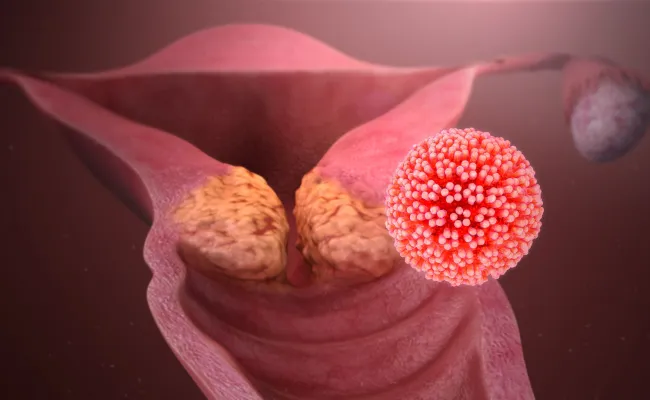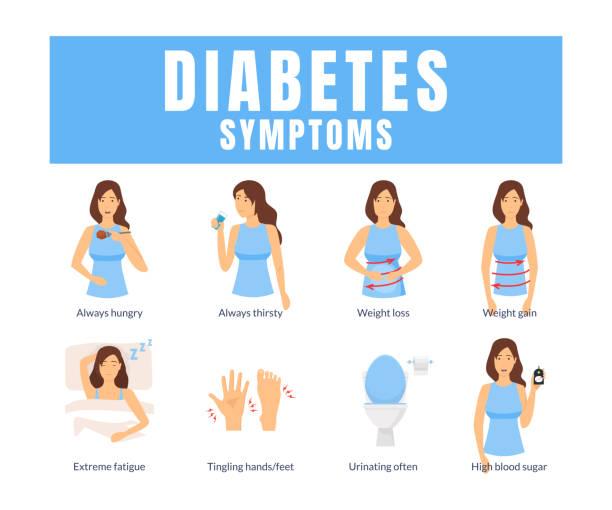Smoking Affect Brain:Smoking cigarettes is harmful for health. But according to a recent report, cigarettes can also worsen your mental condition. In such a situation, watch the video till the end to know how dangerous smoking can be for you.
Smoking cigarettes is a well-established threat to physical health, linked to a multitude of life-threatening conditions. But the damage doesn’t stop there. Smoking also unleashes a silent war on your brain, progressively deteriorating its function and increasing the risk of severe mental health issues. This comprehensive exploration delves into the science behind this, revealing the far-reaching consequences of smoking on your most precious organ.
A Vicious Cycle: Nicotine’s Grip on the Brain
Nicotine, the highly addictive ingredient in cigarettes, exerts a powerful influence on the brain’s reward system. When you smoke, nicotine triggers the release of dopamine, a neurotransmitter associated with pleasure and motivation. This creates a sense of euphoria, reinforcing the urge to smoke again to experience that feeling.
However, this initial “reward” comes at a steep cost. Over time, nicotine disrupts the delicate balance of neurotransmitters in the brain, leading to a dependence and withdrawal symptoms when you try to quit. These symptoms, including irritability, anxiety, and difficulty concentrating, can significantly impair your mental well-being.
A Crippling Blow: Cognitive Decline and Smoking
The negative effects of smoking extend far beyond addiction. Studies have shown a strong link between smoking and cognitive decline, the gradual deterioration of thinking skills. This can manifest in several ways:
-
Memory Loss: Smoking can negatively impact memory formation and retrieval. Smokers may experience difficulty remembering recent events, names, or faces.
-
Impaired Concentration: The ability to focus and concentrate can be significantly hampered by smoking. This can affect your work performance, studies, and daily activities.
-
Reduced Processing Speed: Smoking can slow down the brain’s processing speed, impacting your ability to think critically, make decisions, and react quickly.
-
Increased Risk of Dementia: Smokers are at a higher risk of developing dementia, a group of conditions characterized by a severe decline in cognitive function. Alzheimer’s disease, a common form of dementia, is more prevalent among smokers.
A Silent Threat: Smoking and Mental Health Disorders
The detrimental effects of smoking extend to the realm of mental health. Smokers are more likely to experience:
-
Depression: Smoking is a significant risk factor for depression, a debilitating mood disorder characterized by persistent sadness, loss of interest, and changes in appetite and sleep.
-
Anxiety Disorders: Smokers are more prone to anxiety disorders, characterized by excessive worry, fear, and physical symptoms like rapid heart rate and shortness of breath.
-
Schizophrenia: While the exact link is unclear, research suggests that smoking may increase the risk of developing schizophrenia, a severe mental illness that affects a person’s perception of reality.
Breaking Free: Quitting Smoking for a Healthier Brain
The good news is that the brain has remarkable resilience. Quitting smoking, regardless of how long you’ve been a smoker, can significantly improve your brain health and well-being. Here’s what you can expect:
-
Reduced Risk of Cognitive Decline: Quitting smoking can slow down or even reverse cognitive decline, potentially improving memory, focus, and processing speed.
-
Lower Risk of Mental Health Disorders: Quitting can decrease your risk of developing depression, anxiety disorders, and potentially even schizophrenia.
-
Improved Overall Brain Health: Quitting smoking allows your brain to function optimally, enhancing your ability to learn, adapt, and thrive.
Remember: Quitting smoking is one of the most impactful decisions you can make for your overall health, including the health of your brain.
Watch the video for a more in-depth exploration of this topic, potentially including real-life stories, expert insights, and practical strategies to help you kick the habit and reclaim your brain health.





